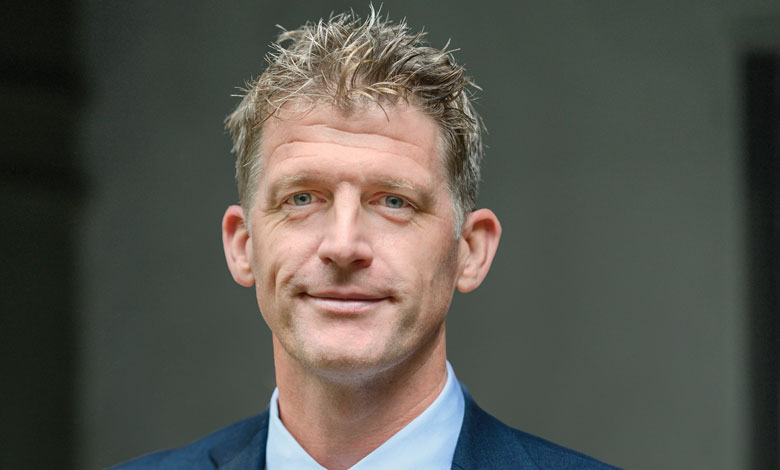Digitalising justice services

Darragh Brennan, Head of Citizenship and Modernisation, Department of Justice, Home Affairs and Migration, speaks to Joshua Murray about digitally enhancing the Department’s service delivery.
Joshua Murray (JM): Can you give us a broad overview of the Department’s modernisation efforts?
Darragh Brennan (DB): Modernisation in immigration service delivery has a few key dimensions. On the technology side, we are replacing outdated systems, consolidating them, and moving toward a single source of data. At present, information is scattered across multiple databases, and much of our work is still paper-based. By digitalising our services, we will build a 360-degree view of those who use our services which will be better for both them and our staff.
JM: What are the main challenges involved?
DB: There are three. The first is technology, more specifically, modernising our systems. Second is structure; where we are re-engineering processes and moving towards what we call a ‘functional model’, combining efficiency with better service. The third branch is focussed on people, which is about ensuring that staff have the training, support, and tools they need to deliver effectively.
JM: Which reforms have worked well, and which have been more of a learning curve?
DB: Staff engagement has been a real success. They know the systems best, so we have made sure they have a strong voice in shaping reforms. That has helped us rebuild immigration service delivery from the ground up.
We have also worked to understand our users better, listening to feedback and tackling pain points. Some major wins include the new digital contact centre, where users can check application status, ask questions, and book appointments online. We have also launched the first stage of our case management system, covering EU Treaty Rights forms which we believe is the first real step in digitalising services and consolidating information.
JM: In terms of digitalisation, how does the department balance innovation with ensuring accessibility for all?
DB: Accessibility is essential. We know some users may not have strong digital literacy or may face other challenges. That is why our forms and websites are written in plain English and designed to meet accessibility standards.
Not everyone can use digital services, so we will continue to provide offline channels as well. Modernisation is about inclusion and making sure services work for everyone, not just the majority.
JM: Does that mean a reduction, but not elimination, of traditional service delivery models?
DB: Exactly. Service design cannot happen in a vacuum. Everyone experiences the system differently, and we need to understand those pain points before redesigning services.
While we are moving ahead with digital tools, accessibility is at the heart of our approach. We cannot just design for 90 per cent of users, it is about delivering for people and having services which work for 100 per cent of users.






